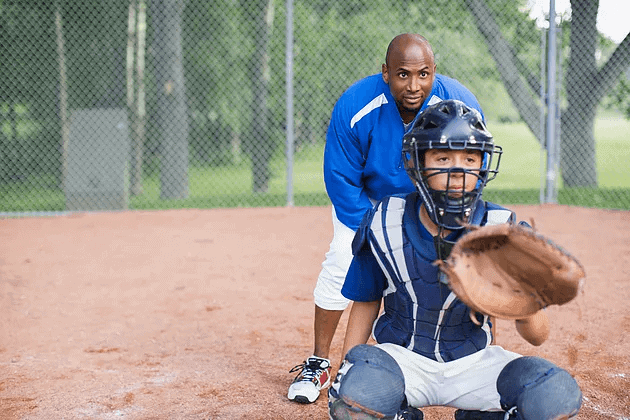Every parent wants their child to be healthy and well rounded and for many families, that means participating in sports. How do parents and nannies determine when a child is ready or interested in a particular sport?
Expose children to many different sports.
Allowing children to try as many sports as possible during the early years benefits their growth and development. Every sport has something to offer, contributing muscle development and coordination for the child athlete. Specialization should be avoided until at least age 15 to ensure overall physical development and reduce sports injuries. Most children will not grow into world-class athletes and participation in sports should be a “want to do” vs a “have to do”.
Allow the child to decide.
Children will let you know when they are interested as they will talk about the sport and ask to play. Don’t create or add pressure for a child to participate before they’re ready, even if they’re physically able to play. Sports should be fun and gratifying to the parent and caregiver, which only happens when the child is genuinely interested and gets pleasure from participating. It’s normal for children to occasionally show disinterest or not want to participate, but children should not be forced into a sport they do not enjoy.
Don’t let your aspirations or accomplishments drive what you expect from a child. Your interests may focus on soccer and baseball, but you may have a child that wants to run or ride a bicycle. Sports are a privilege and children should never be pressured or forced to play.
To support a child athlete, work on physical skills and movements in three categories. First, basic skills are the foundation that should be developed first and throughout the life cycle of the child athlete. For example, running is the foundation for most sports and activities. These skills should constantly be developed even when the child athlete becomes a high school, college and professional athlete. Then, children learn sport-specific skills. Sport-specific skills are unique to certain sports and are not necessarily skills that are used in every sport. While speed or sprinting is a skill that can be developed from the time the child athlete begins training, it is useful in specific sports such as soccer and baseball, but not necessarily useful in gymnastics or Tae Kwon Do. Finally, teenagers gain advanced skills. Advanced sports skills are learned as the child athlete advances to greater levels and stages of growth and development.
When choosing an after-school sport for your child, do a little research. Make sure the coaches understand that each child athlete is unique in how they learn, respond, receive and apply the information and instruction given to them. Also, make sure the program chosen for your child helps them develop fitness and teaches physical activity skills in a fun manner for the children.
To learn more, a Fitness for Child Athlete’s course is available with enrollment in the Advanced Childcare program.
About the Author: Darrin Prince. Darrin is a USATF (USA Track & Field) Level 1 Coaching Certification, NASE (National Association of Speed & Explosion) Level II Speed and Explosion Specialist, and collegiate coach of more than 700 athletes. Darrin earned a Master of Arts in Christian Education from Faith Bible College, a Bachelor of Science in Liberal Arts and Business Administration, and spent 17 years in the US Army. Darrin shares his expertise as an adjunct faculty member, teaching a Child Athlete course at Amslee Institute.


Recent Comments